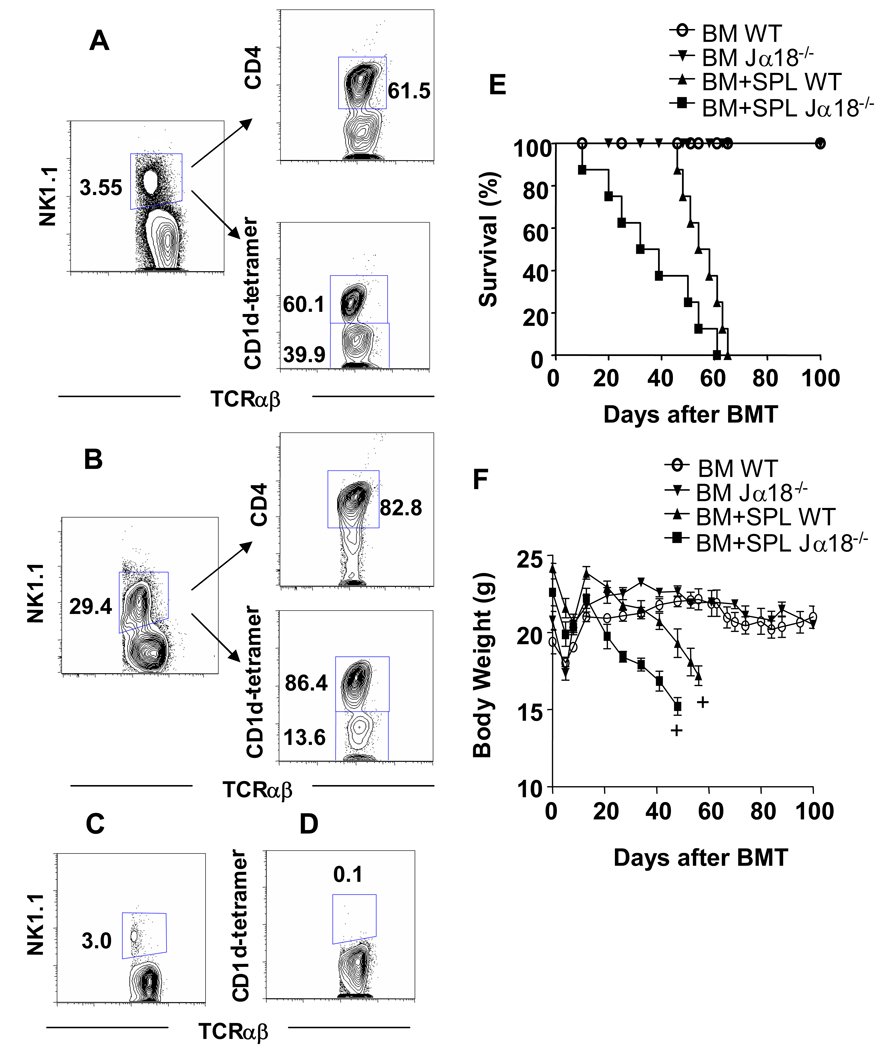Figure 2. Host invariant NKT cells that remain after TBI conditioning contribute to protection against GVHD.
(A) Gated TCRαβ+ spleen cells in untreated C57BL/6 mice were stained for NK1.1 versus TCRαβ in the left panel, and gated NK1.1+TCRαβ+ cells were stained for CD4 versus TCRαβ in the right upper panel and CD1d-tetramer versus TCRαβ in the right lower panel. (B) The same analysis was performed using C57BL/6 mice 24 hours after 1,000 cGy TBI. (C, D) Jα18−/− mice were given 1,000 cGy TBI and similar analyses of TCRαβ versus NK1.1 or CD1d tetramer on gated TCRαβ+ cells (as in Fig A, B) are shown for comparison. (E) Lethally irradiated (TBI 900 cGy) wild type C57BL/6 or NKT deficient Jα18−/− C57BL/6 host mice were given 50×106 whole bone marrow (BM) and 60×106 splenocytes (SPL) intravenously from wild type BALB/c donors. Control wild type mice or NKT deficient Jα18−/− C57BL/6 host mice were given 900 cGy TBI followed by 50×106 BM alone. Survival of irradiated hosts after transplantation is shown. (F) Mean body weights (±SE) of host mice given BM plus SPL or BM alone as in panel E. There were 10 hosts in each group. Analysis was stopped for a given group when there were two hosts remaining (+).

